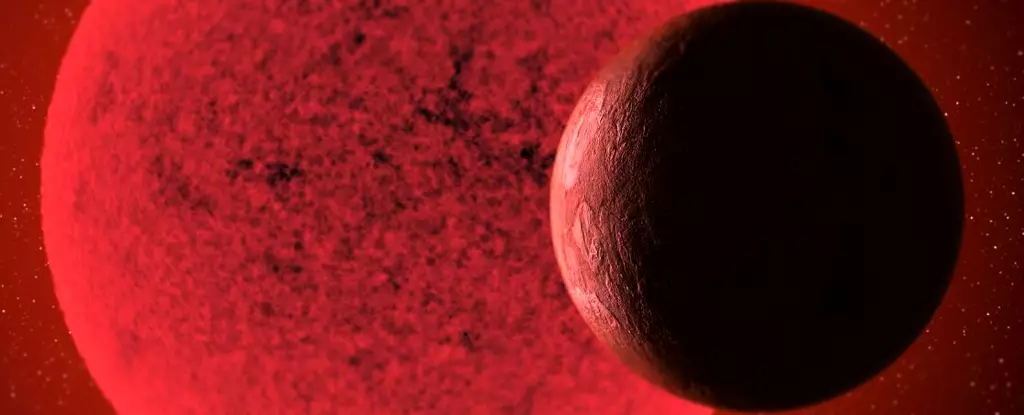The dynamics of our Solar System are a fascinating interplay of forces governed primarily by gravity and inertia. This intricate equilibrium maintains the orbits of planets, moons, and other celestial bodies, creating a harmonious balance that has allowed life to flourish on Earth. However, scientists are continuously intrigued by the prospect of alternate realities, particularly the implications of having a ‘super-Earth’ situated in the asteroid belt between Mars and Jupiter. This theoretical scenario was recently explored by researchers Emily Simpson and Howard Chen from the Florida Institute of Technology (FIT), who presented significant insights into the consequences of such a planetary arrangement.
The notion that many exoplanet systems exhibit a higher frequency of super-Earths raises a critical question about our own Solar System’s development. What if the asteroid belt, which consists of numerous smaller celestial objects, had coalesced into a planet? This speculation draws attention to the potential effects on the inner planets—Venus, Earth, and Mars. The crux of the research lies in grasping how such a shift could alter the fundamental characteristics of our habitable zone.
To address these compelling questions, Simpson and Chen employed advanced mathematical models to simulate various scenarios involving super-Earths of differing masses: ranging from 1% to 10% of Earth’s mass. Each simulation extended over a period of millions of years, allowing the researchers to examine how the hypothesized planet, dubbed ‘Phaeton,’ would influence the orbital dynamics and axial tilt of neighboring planets.
The results were illuminating. For instance, the simulations indicated that super-Earths with masses equivalent to or slightly greater than Earth’s would maintain the fundamental conditions necessary for habitability within our inner Solar System. While modest fluctuations in temperature might occur—resulting in warmer summers or cooler winters—life on Earth would likely continue unabated. This resilience speaks to the stable nature of the inner planets under moderate gravitational perturbations.
However, the picture changes dramatically with the introduction of significantly larger super-Earths. A planet ten times the mass of Earth could disrupt the balance of the Solar System profoundly, potentially repositioning Earth beyond the habitable zone closer to our solar neighbor, Venus. Such shifts could lead to extreme seasonal variations, greatly impacting the climate and overall suitability for life.
Modeling the intricate interplays of multiple planets presents unique challenges, as even minor alterations can trigger a cascade of effects across the Solar System. The researchers pointed out that changes in the positions of celestial bodies could influence critical factors such as Earth’s ice sheets, its climatic patterns, and the stability of its environment over geological timescales.
These findings carry significant implications for the search for exoplanets. As astronomers extend their gaze beyond our planet, understanding how super-Earths might operate within different Solar Systems can provide invaluable insights. Simpson’s point about how other planetary systems with varying histories, specifically those featuring a planet where we see an asteroid belt, might still harbor habitable zones is fundamental for astrobiology.
As we venture further into the cosmos, the need to appreciate the nuanced workings of planetary systems cannot be overstated. The research by Simpson and Chen emphasizes the importance of considering diverse planetary configurations in the hunt for life beyond Earth. While super-Earths may seem like an anomaly in our Solar System, they are a pervasive entity throughout the universe, different conditions producing a vast array of possible outcomes for habitability.
Ultimately, the study sheds light on the fragility and resilience of planetary systems. As scientists continue to investigate and simulate these celestial scenarios, they may just hold the key to understanding the fundamental questions surrounding life: in what environments can it thrive, and how does the arrangement of planets influence the intricate web of life? The quest is complex and multifaceted, but with each simulation, we move closer to unveiling the mysteries of our cosmic neighborhood.


Leave a Reply